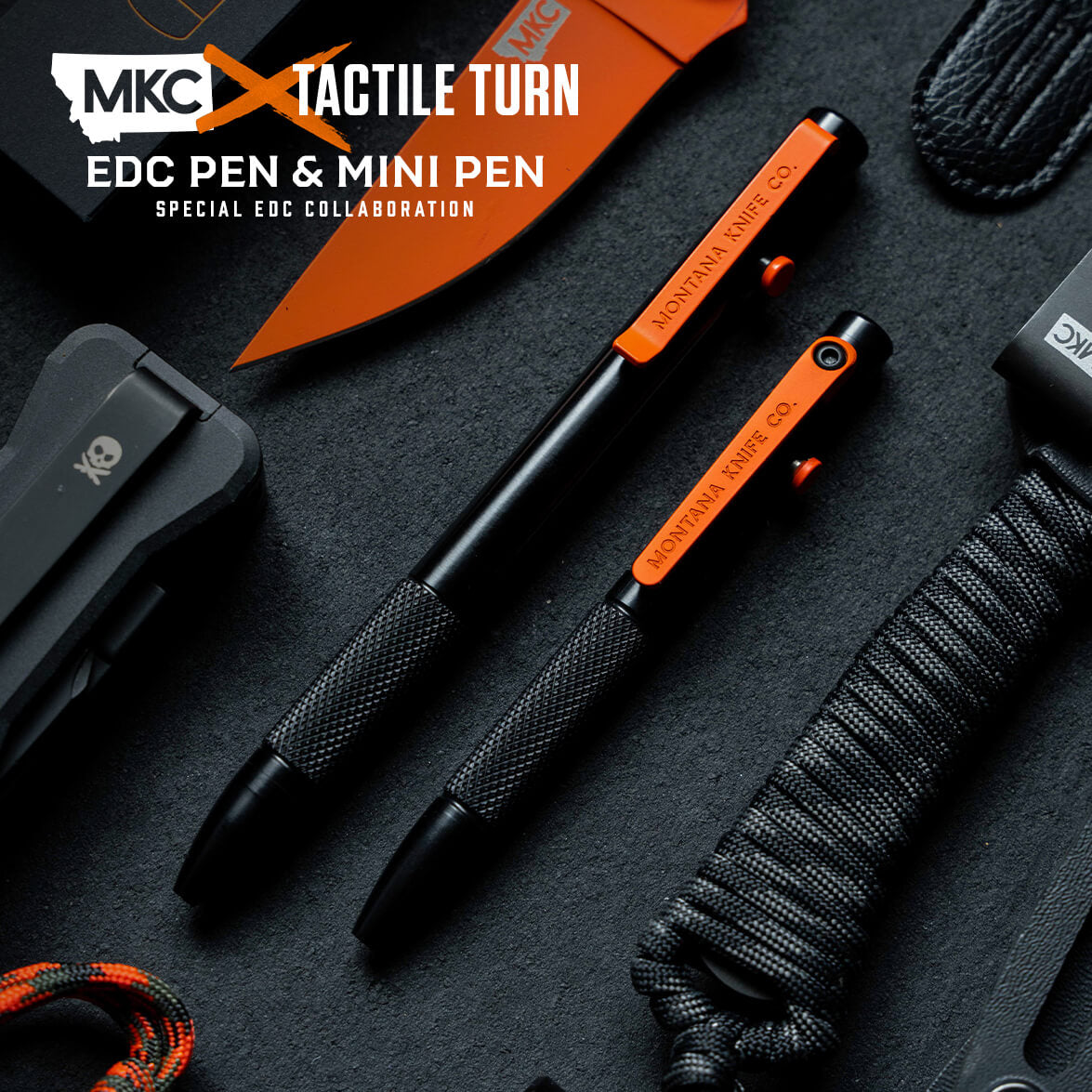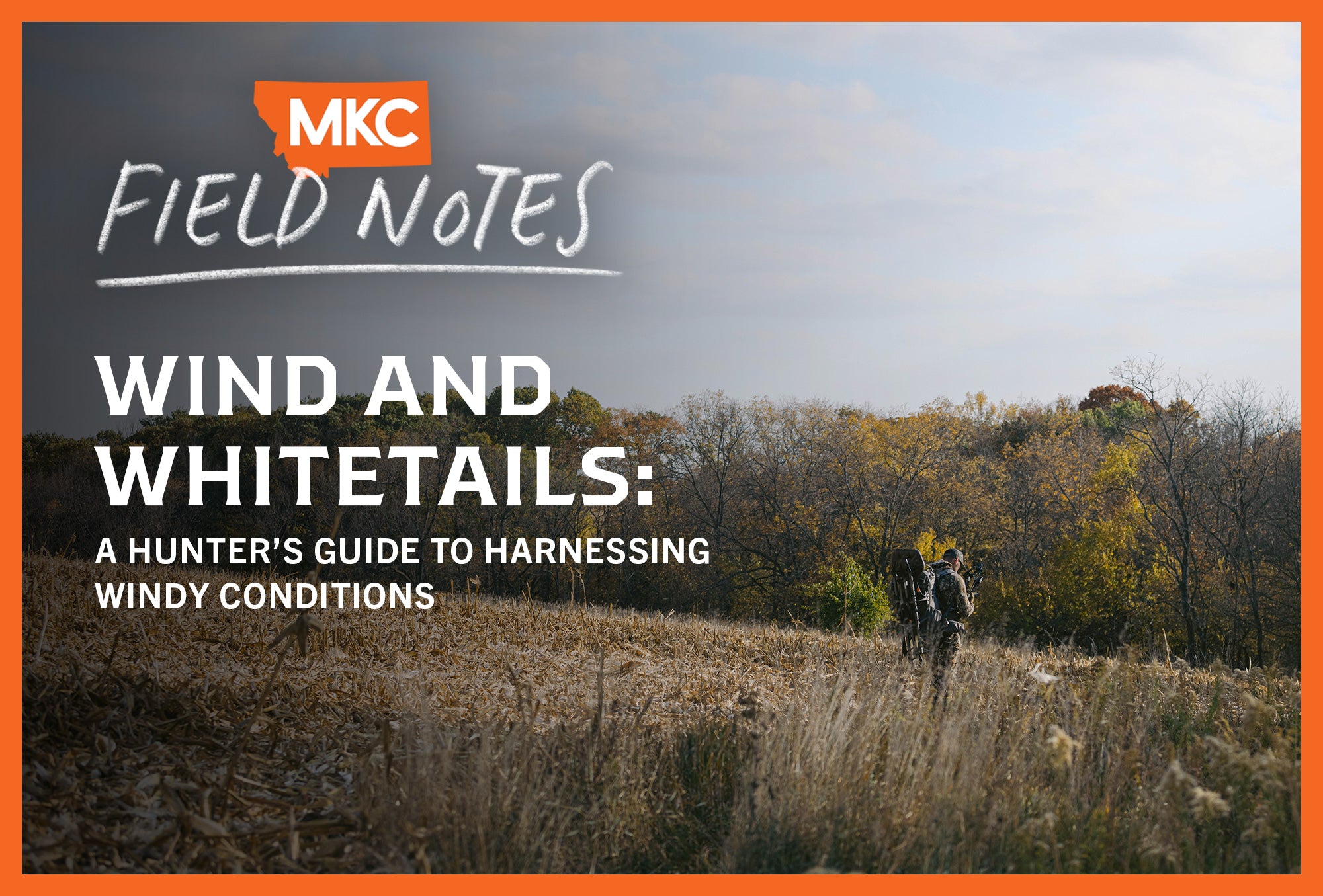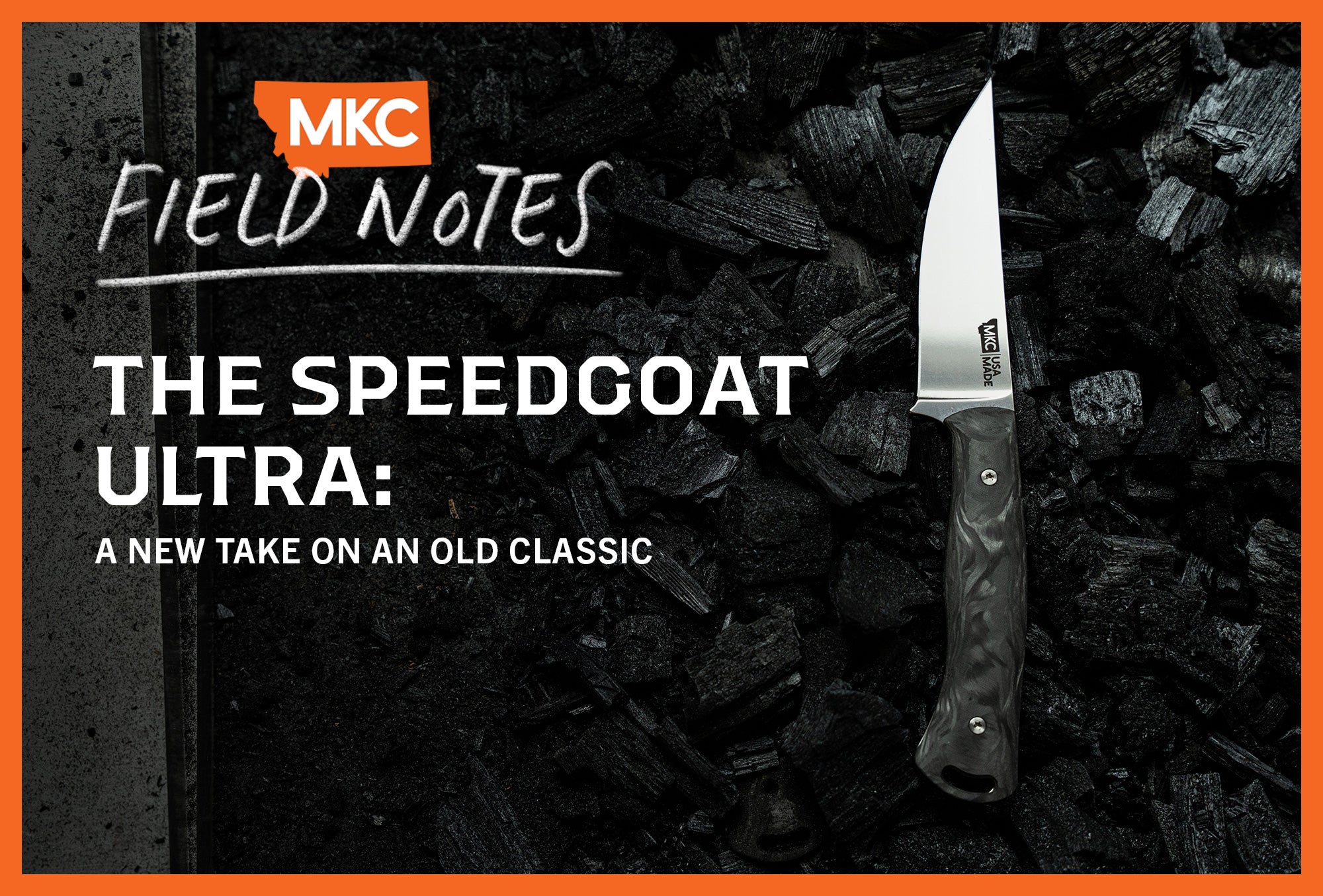There’s a ton of information about backpacking knives out there. From cold, hard facts to flimsy rumors, we’ve heard it all.
Unfortunately, some things backpackers say about knives are just plain wrong — or, more often, outdated. It’s time to set the record straight and debunk the most common backpacking knife myths.
Myth #1: Backpacking Knives Aren’t Essential
While I may be a little biased as a bladesmith, I’m stumped that some of my backpacking friends don’t consider knives essential to their kit. A buddy of mine once went on a weeks-long trip without his.
Whether you use your backpacking knife for self-defense or as a versatile tool, always keep it on your person, even if you don’t think you’ll need it.
What happens if you fall or otherwise injure yourself and can’t reach inside your pack? For your safety and the safety of your fellow backpackers, keep your knife within easy reach.
Ideally, keep your knife on your hip or on the outside of your pack. Your emergency communication gear, bear spray (if needed), and first aid kit should be easy to grab as well. Keep these items secure but accessible at a moment’s notice.
Myth #2: One Knife Fits All
We sell many types of knives here at MKC because different knives accomplish different goals. Shapes, sizes, profiles, materials, and other features all matter.
Ergo, there’s no need to rely on a single backpacking knife for all your adventures. If you have a favorite knife, bring it, but having more can only help. What if you lose or break one? What if your usual blade just won’t do for a task?
Several of my backpacker friends like to carry a small, easy-to-access blade in their pocket (like a pocket knife or a Mini-Speedgoat) and keep their full-sized knife on or in their pack. This is a brilliant solution if you don’t want to carry a full-sized blade on your hip, where it might get in the way.
Size isn’t the end-all-be-all of knife function, though. Some knives are delicate and don’t hold up to rough use, while others can really take a beating. Some blades work well for tough tasks like batoning wood but don’t do delicate well.
As long as you’re not ultralight packing, don’t be afraid to bring enough knives to complete all your tasks.
Myth #3: Sharper Is Superior
A knife’s sharpness has no bearing on its long-term quality and durability. A razor-sharp blade from your local supermarket will probably dull quickly. It might be satisfying that first and second time, but it won’t hold up to the demands of hard use.
A blade’s geometry — and, to an extent, its purpose — is more important than its initial sharpness. After all, you can sharpen a backpacking knife as often as you want for a crisp, killer edge. However, you can’t change a knife’s size, handle, or shape as easily.
Sharper knives also tend to be less durable. They tend to have thin spines and severe edge grinds, which often result in a sharp but fragile blade. We like to sharpen our MKC knives to about 1,000 to 1,200 grit for the best combination of durability and edge.
When purchasing a knife, consider purpose above all else, and make sure that purpose works for you.
Myth #4: Material Doesn’t Matter
Your knife’s material is as essential as its geometry. At MKC, we manufacture both stainless and carbon steel knives. Each material excels in different areas.
Stainless steel is less maintenance-intensive than carbon steel. It resists corrosion, so it’s great for salty hikes in states like Washington and Alaska. It’s also the best material for kitchen knives, which come in contact with acidic and salty foods.
Carbon steel is more susceptible to corrosion with improper care. However, it excels in dry climates and is easier to sharpen in the field. It’s also stronger than stainless steel, so you can craft a thinner carbon steel knife than you can with stainless.
With proper maintenance, a carbon steel knife can perform just as well as stainless. But if you tend to skip preventative and post-hike maintenance, it may be smart to stick with stainless.
High-carbon stainless steel is another great option. It marries the best aspects of stainless and carbon steel: carbon steel’s strength and edge retention and stainless steel’s corrosion resistance.
You may not use your backpacking knife much while on the trail, but choosing your ideal material is still an important decision. It’s much better to have a high-quality knife and not need it than to forgo one and not have it in a sticky situation.
With proper maintenance, your knife can last several lifetimes, so the sooner you find the right one, the better.
Myth #5: More Expensive Means Higher Quality
While this one isn’t a myth per se, it’s also not a hard and fast rule.
Don’t trust a $40 knife from your local supermarket’s hunting aisle with your life — but even a $1,000 bespoke knife from a custom bladesmith won’t last if it’s manufactured poorly.
You get what you pay for with cheap knives, but a high price tag doesn’t guarantee quality. So, how do you find a quality blade?
Vet your knife maker. Check their reviews and their customers’ satisfaction, and be willing to spend good money on something that’ll last. I encourage backpackers to learn about a knife maker’s reputation and quality before they make a purchase.
Myth #6: Knives Are for Cutting
A good backpacking knife may be great for cutting rope, vines, and other fiber, but it has tons of other uses, too. Our Speedgoat knife, for example, is a great all-purpose blade, and its paracord handle comes in handy more often than you’d think.
Knives can break down food, dig holes, pull a splinter out of your hand, cut bandages, baton wood, and chop twigs, among countless other tasks. Most importantly, you can use a knife to defend yourself in a dangerous situation. It could save your life.
Today’s knives have more features than ever before. I’ve seen knives with integrated bottle openers, gut hooks, serrated teeth, and even crazier things (some of them highly unnecessary). Don’t even get me started on multi-tools!
My point is this: Don’t limit your thinking to cutting alone. A knife is a tool, especially out on the trail.
Myth #7: Folding Knives Are Better for Backpacking
At first glance, a folding backpacking knife might seem superior to a fixed-blade model. After all, you can fold it up for easy storage, right?
Folding knives have more moving parts susceptible to breakage than fixed blades. They’re also heavier than their fixed counterparts.
Not only that, but a fixed-blade knife provides a reliable pull in a self-defense situation. You don’t want to fumble with a folding knife when lives are at stake.
That’s not to say folding knives are bad or that a fixed-blade knife is the solution for everyone. Consider both options when you shop for a portable backpacking knife.
For instance, fans love our Mini-Speedgoat for its small, convenient size and feather-light weight. It can do everything that a folding knife can do without the downsides listed above.
The one benefit that folding knives have over fixed-blade knives is the way the handle protects the blade when stowed. However, you should have a good sheath or holster for any fixed-blade knife anyway, so the point is moot. All of our MKC knives come with a custom-fit Kydex holster to protect them when not in use.

Myth #8: Smaller Is Better
You might feel tempted to pack only compact knives for your backpacking trip. However, I urge you to consider knives of different sizes, too.
While a small pocket blade is convenient and easy to carry, there are plenty of tasks a small blade just can’t complete.
Not all backpackers are bushwhackers or camp cooks, but consider bringing knives appropriate for those tasks. I like to carry a larger knife for cooking and other high-impact tasks, while my small blade stays on my person for use on short notice.
A larger blade is especially important if you plan to hunt, gather, or prepare food while you’re out. While keeping your ounces low is an admirable goal, it may not be worth it to sacrifice your comfort, and certainly not your safety.
Final Backpacking Knife Tips
The backpacking knife “myths” we hear about today came about for genuine reasons, but that doesn’t mean they’re still relevant.
The myth about folding knives, for example, may have started when big, bulky Bowie knives were the only real fixed-blade option. Folding knives were a better, more compact choice back then.
Today’s backpacking knife options have come a long way.
Having a specialized blade appropriate to the task at hand is not only convenient but also much safer than trying for one-size-fits-all. In the end, safety is always the most important factor, whether you’re backpacking, hunting with buddies, or just enjoying the great outdoors.
by Josh Smith, Master Bladesmith and Founder of Montana Knife Company






































